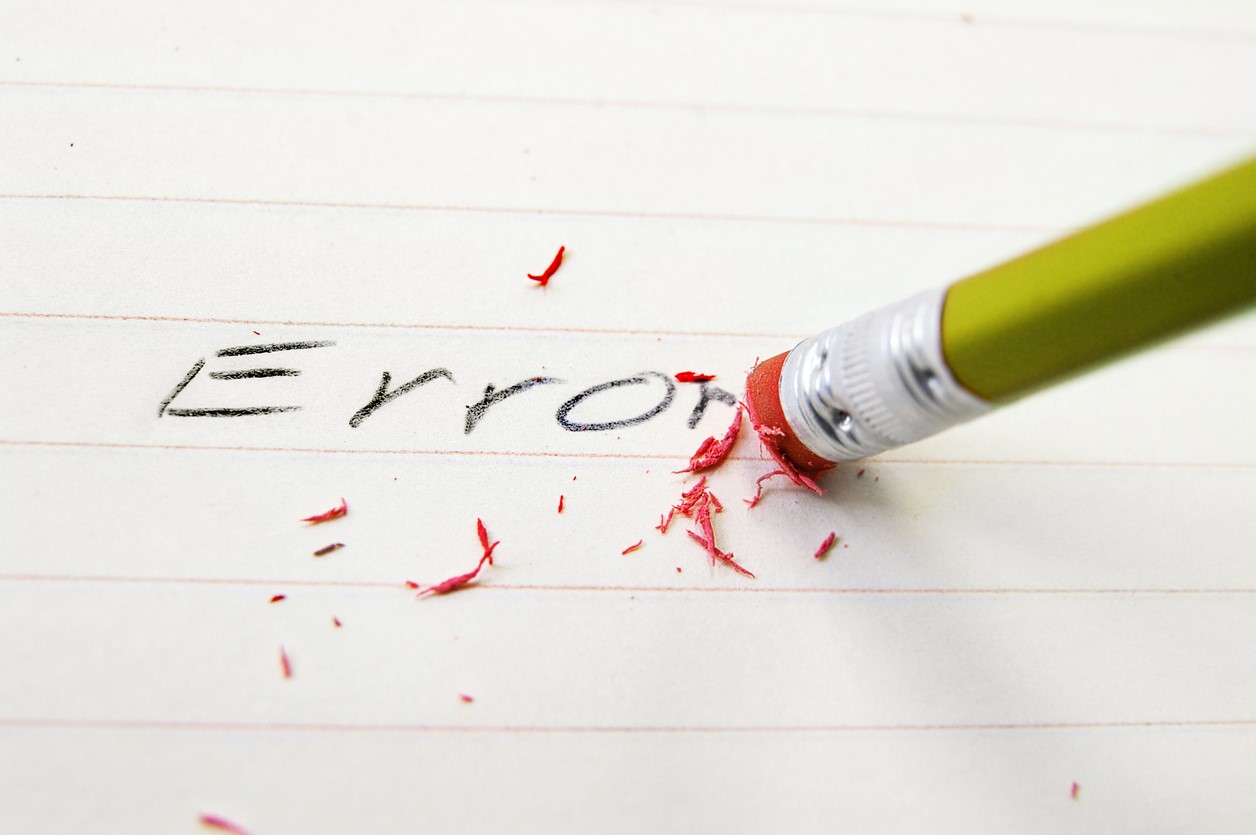Ready…Set…Go Whoa!
You have a great project your organization is super excited about, and you think you are ready to apply for a grant. But are you really ready? The kneejerk reaction is to say, “Yes, of course,” because you’re so eager to get started on the process.
But wait!
You can’t afford a false start that will disqualify your organization and keep it out of the running for the funding. So, before you say you’re ready to apply for a grant, take a step back. And another.
The best thing you can do to increase your chance of obtaining grant funding is making sure you’ve done your legwork. Merriam-Webster defines legwork as:
active physical work (as in gathering information) that forms the basis of more creative or mentally exacting work (such as writing a book)
There’s a lot of ground to be covered.
Try this exercise to see if you’re on track and in the best shape to start researching and applying for grants.
Y or N: I can clearly articulate our NPO’s core mission and everyone at the organization agrees.
Y or N: We’ve done our research and know precisely how our project would benefit the community. We’ve interviewed/surveyed/conducted focus groups/brainstormed with community members who would benefit from our project and the project incorporates their input and comments. We also have general community support.
Y or N: This project fits our core mission very, very well. We’re right on the mark.
Y or N: We have planned for the project. We have explored other means of funding and have determined that the best way to fund the project, in part or in whole, is through a grant.
Y or N: This project is best done by us, and in the near future. We know our timeline and we have specific, measurable outcomes.
Y or N: We are very organized. We have readily available documents that provide detail on and an understanding of our organization such as:
- Our history and timeline, the evolution of our philosophy and mission
- Who’s who and what they do
- A list of prior grants and project results
- A description of past, current, and upcoming projects
- Our track record: Tangible ways in which the organization has benefited the community
- Copies of media mentions of the organization or organization leaders and recommendations from clients, community awards and recognition.
- Particular strengths: What does our organization particularly pride itself on? How is that relevant to our mission and this project?
- Particular areas of improvement relevant to our mission and this project, along with plans and a timeline for getting up to speed in those areas.
Y or N: We are not being overly reliant or overly hopeful about securing grant money. We have other robust sources and means to accomplish the organization’s mission.
Y or N: We have the staff to supervise the use of the grant money, including keeping accurate and detailed records.
Y or N: We realize it’s a very competitive market for grant money, guaranteed grants don’t exist, and other NPOs could be as deserving and eager for the grant as we are.
Y or N: We are ready to learn from rejection. But we will do everything possible not to be rejected.
Y or N: We are confident in our ability to research the thousands of possible grant sources from governments and private foundations. And once identified, we are confident we know where to go for additional information, who to call, and what to say.
Y or N: Everyone agrees we will only pursue the kinds of funding previously identified in our plan, and not be tempted by the funding available for projects outside of our mission, that might cause us to lose our focus.
Y or N: We have experienced, successful grant writers in the organization. We understand that each granting organization will ask for different information, in differing formats. Just because we wrote a grant before doesn’t mean we cut and paste existing descriptions in the new application.
Y or N: We understand that applying for grants is a very time-consuming process and if not done exactly right, paying very strict attention to what is wanted and when, it could be a big waste of our precious time.
Y or N: We gave completely honest responses to all of the above.
Honest truth: Did you answer a resounding yes to all of these questions?
If not, then you might need a partner to help you in the long run or the short run – we can team up with whatever help you need with grant research and every other aspect of grant proposal development. We’re experts and love what we do. You’re in it to win it. Let us help!









